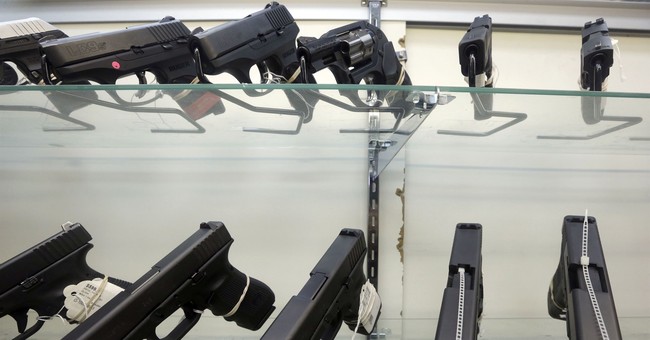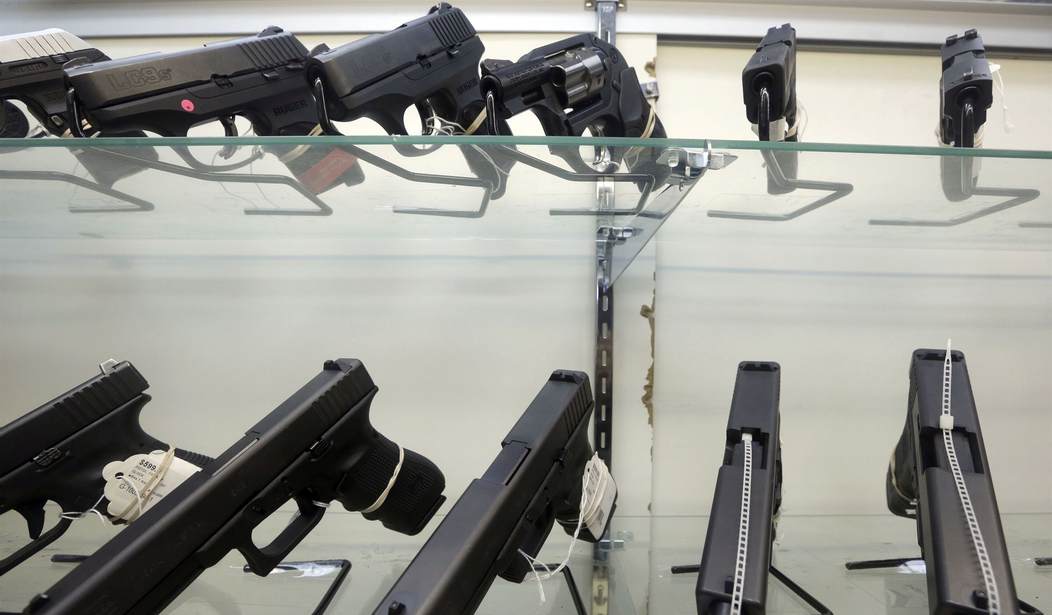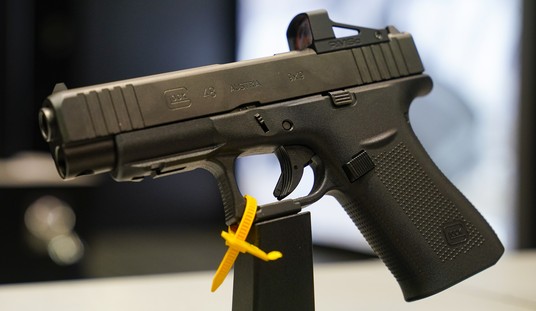
The FBI has been under a great deal of fire over recent years as many on the right feel the organization has developed a pronounced leftward lean. Examples of that include the FBI not prosecuting a certain presidential candidate for an unsecured email server in their home, as well as investigations into the other presidential candidate’s supposed links with Russia…that never showed up.
Of course, many would disagree that these present any evidence of bias at the FBI.
To that end, John Lott is at it again, this time by examining a recent study conducted by the FBI that claimed only a small percentage of active shooter incidents have been stopped by armed citizens. There are some serious irregularities in how things are classified here.
The FBI’s first report claimed that only once from 2000-2013 did a concealed handgun permit holder stop one of 160 reported “active shooter” attacks. These active shooter attacks include any time a gun is fired in a public place, even if no one is injured or killed. They exclude gang fights or attacks that arise out of other crimes such as robberies.
The report got massive news coverage on the front pages of such newspapers as the Wall Street Journal and the New York Times, as well as all of the TV news networks. Gun control activists have frequently cited the report in court cases and in political debates to claim that civilians rarely use guns to stop public shootings.
Unfortunately, the problems with the reports have continued during the Trump administration. The latest FBI report, released in May, misses still more cases. The FBI claims that from 2014 to 2017 there were 90 active shooter cases and only seven where permit holders stopped these attacks.
In all, the FBI claims that concealed handgun permit holders have stopped 3.2 percent of active shooter incidents.
But the bureau misses at least 23 cases where permit holders saved the day. That means they stopped 11.5 percent of active shooter incidents from 2000 to 2017. We at the Crime Prevention Research Center are more confident that we have all of the cases from 2014 to 2017, when 16.5 percent of attacks were stopped.
Basically, some incidents were included while others were excluded. Lott contacted the FBI for an explanation, and the answer he got was about as clarifying as mud.
The problem with studies like this is that by manipulating criteria, you can manipulate the outcome without ever lying. You don’t have to make anything up if you simply set things up to exclude inconvenient data. Of course, you could probably do this without intending to as well, but it would be a whole lot harder.
Either way, though, it doesn’t matter if individuals carrying a firearm were able to stop just one such event or more than one. After all, we don’t know how many times a conceal carry holder was even present at some of these events. Concealed carry is easier in some places than in others, after all, and most have restrictions on where you can carry, which changes things up. While I get that life isn’t fair, it’s not an even comparison if you’re basically saying concealed carry doesn’t work because concealed carriers didn’t stop all these shootings in places they’re basically not allowed.
In the end, though, Lott believes he found the number, and while it’s lower than I’d like to see, it’s also higher than the FBI’s data. All because the bureau excluded some shootings that didn’t look like they should fit its criteria.
Remember this the next time you find someone trotting out this study to “prove” concealed carry doesn’t work.







Join the conversation as a VIP Member